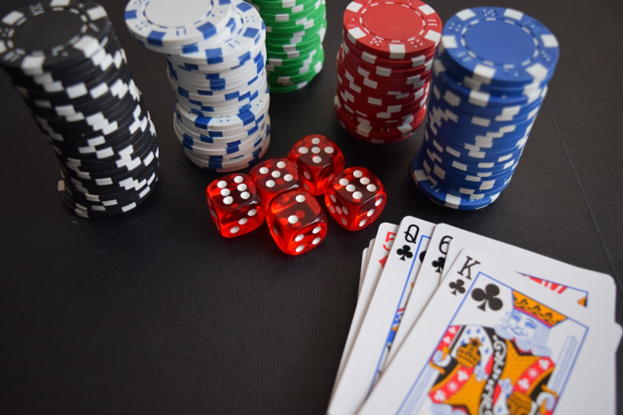What are the odds of winning in online slots?
Before looking at specifics, it helps to review the basics of slot odds. Each symbol on the reels has assigned odds of landing in winning payline alignments. The number of symbols and reel positions affects the probabilities. For example, a cherry symbol may have 10 instances on the reels, making it more likely to drop than a bar symbol with just 5 examples. Rarer symbols with fewer instances have lower odds of aligning resulting in bigger payouts. The odds ultimately dictate how often each winning combination can occur. Of course, slots rely entirely on randomness, so symbol alignments are never guaranteed. Odds simply forecast the probability.
Straight slot odds
With straight slots, the odds of hitting specific symbol combos are straightforward to calculate. For example, take a 3-reel slot with 10 symbols each, including 7 lower-paying symbols (9-K) and 3 higher-value symbols (bar, bell, 7).
- Landing three bells has 10 x 9 x 8 = 720 combinations possible and odds of 1 in 720
- Aligning three bars has 10 x 9 x 8 = 720 combinations as well, also 1 in 720
- Hitting three 7s has much lower odds of only 1 in 1000 (10 x 10 x 10 combinations)
So, aligning the higher-value symbols is less likely to happen, although it pays more when it hits. The house edge comes from how much the various combos pay relative to their odds.
Video slot odds
Calculating odds gets more complex on modern video slots. With 5 reels and varying symbols per reel, the number of possible symbol combinations rises exponentially. A typical setup may have 15-20 graphics across 5 reels, equaling 15-20 billion combinations. It makes lining up five matching symbols highly unlikely, with odds anywhere from 1 in 50,000 to 1 in 100,000,000. Players win on multiple paylines across varying symbol combinations. So, aligning five symbols isn’t required, improving odds for lower-paying scatter wins. As a result, players spin winning combinations more frequently across video slots.
Slot volatility impacts the odds
Slot volatility, or variance, also impacts payout odds and frequency. Higher volatility slots feature bigger payouts that hit less often. So, the odds of landing huge wins are lower, but the rewards are bigger when they do hit. Lower variance slots pay out smaller amounts, but the odds are improved thanks to more frequent payouts. High volatility slots keep players in the game with smaller wins until they hit a big prize. In case you need more information, take a look at https://workhauscollective.org/.
Progressive jackpot odds
Progressive slots feature rising jackpot prizes that can climb exponentially. Mega Moolah and Wheel of Fortune slots have awarded 8-figure jackpots. With so much money up for grabs, do players have better odds of winning big on progressives? Yes, the odds improve versus fixed jackpot slots. Not much, though, as progressive odds are still long. On Mega Moolah, the Mega Jackpot payout averages once every 200,000 spins. At 0.0005% odds, players are realistically just hoping to get extremely lucky. The appeal comes from the monumental payout when that luck strikes.


Comments are closed.